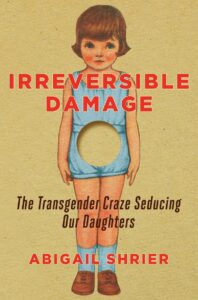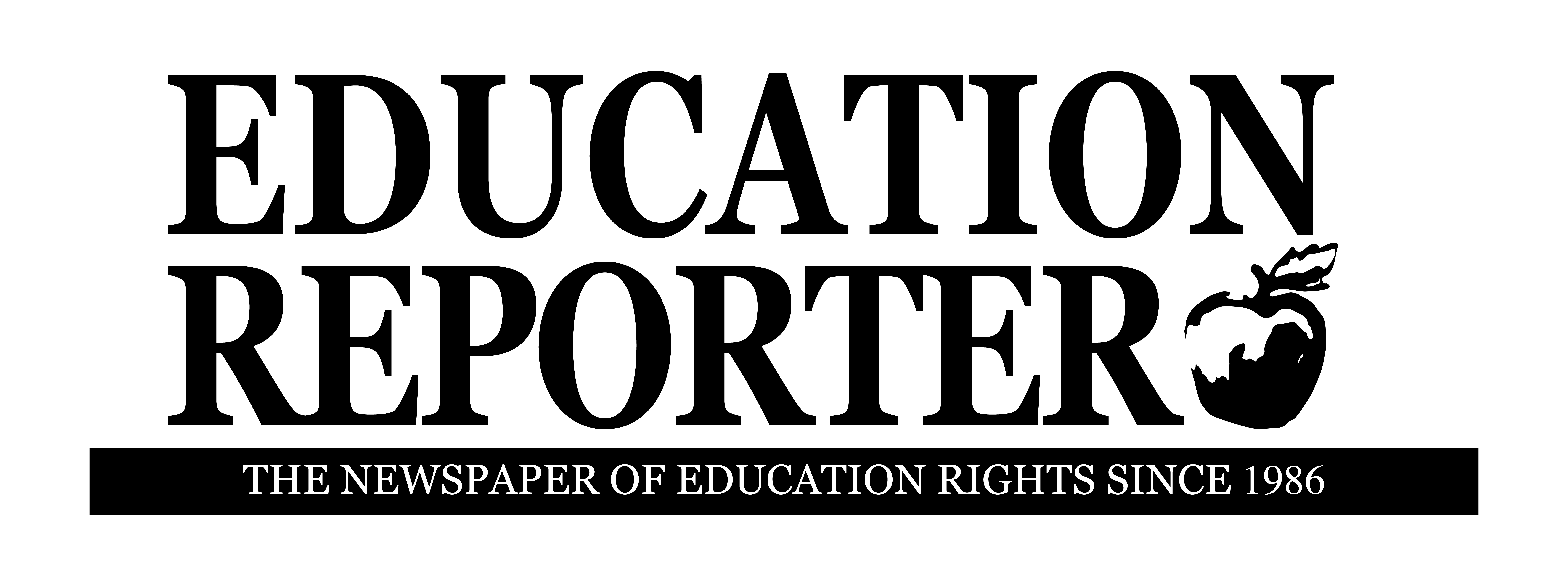Will They or Won’t They? Schools Eye Opening in the Fall
U.S. Education Secretary Betsy DeVos and her department are advocating for a timely return of the nation’s schoolchildren to classrooms this August and September, despite the reported surge in Coronavirus cases. In a July 12 interview with Fox News Channel’s Chris Wallace, DeVos said parents “are expecting that this fall, their kids are going to have a full-time experience with their learning, and we need to follow through on that promise.” She added that it would be a matter of “how,” not “if.”

President Trump has also been adamant about reopening schools, calling virtual learning “terrible.” He is considering making it mandatory for school districts to reopen in order to receive funds under the purportedly final COVID-19 stimulus bill currently being debated in Congress.
Many disagree with the president, mostly along party lines, but the consensus seems to be that children have suffered in the wake of the shutdown. DeVos said students “have fallen behind this spring” and called on states and cities to “ensure they’re back in a classroom situation wherever possible and whenever possible, and fully functioning, fully learning.” She concluded that “mental, emotional, and social issues have arisen among children who are stuck at home.”
Even the left-leaning American Association of Pediatrics (AAP) and the National Academy of Sciences (NAS) believe students need to go back to school. The AAP’s “Clinical Guidance” document “strongly advocates that all policy considerations for the coming school year should start with a goal of having students physically present in school.” The organization further warns about “social isolation,” which in turn, “places children and adolescents at considerable risk of morbidity and, in some cases, mortality.” Both the AAP and the NAS advocate the use of social distancing and masks in the schools, despite research that has clearly shown children are at low risk for both catching and spreading COVID-19.
Big-City Districts Balk
Some big-city school districts say they will remain closed and rely on distance learning, at least for the first part of the school year. The Washington Post reported on July 13 that school districts in Los Angeles, San Diego and Atlanta “will begin entirely online,” with schools in Nashville doing the same, at least initially. Other districts are considering a mix of online and in-classroom instruction, whatever that will mean. Some districts are pushing back start dates. The CDC recommends that schools reopen based on their local situation. Most rural districts, where the COVID-19 risk is low, are planning to reopen on schedule.
Despite the drawbacks of keeping children home, some worry that a return to the classroom means a return to the ever more extreme and offensive curricula. But a lack of in-classroom instruction does not necessarily mean a lack of indoctrination, even if virtual. New York City schools, for example, which plan to open with a hybrid combination of in-classroom and online instruction, are adding a Black Lives Matter (BLM) curriculum. (See Education News Briefs below.)
Private Schools To Reopen
The Washington Examiner opined on July 16 that private schools are in the best position to reopen this fall, with many Catholic dioceses across the country announcing their intention “to bring their students back for in-person classes.” Myra McGovern, spokeswoman for the National Association of Independent Schools, said private schools are more likely to reopen safely because of their “smaller class sizes.”
But private school parents are concerned that a continuing public school shutdown will ultimately force them to close as well. “It makes me nervous if the public schools don’t open,” one mother said. “How long will it be before the focus is on us and whether we should be open if the public schools are closed?”
According to the Washington Examiner, private religious schools “are using the uncertainty about the fall as a way to recruit parents who otherwise would send their children to public schools.” The Diocese of New Hampshire, for example, “announced in early July that it will offer tuition breaks to people who transfer their children into their schools before Aug. 31.” And parents may get help from the federal government to do just that. Remember the stimulus package being considered in Congress? Insiders say Republicans “plan to include funding for families that want to send their children to private or religious schools,” which could “take the form of direct aid to private schools or a tax credit.”
These measures are strongly opposed by Democrats but favored by Betsy DeVos. “Her plan would reimburse donations to state scholarship funds by offering a 100 percent tax credit,” reports the Washington Post. These scholarship funds “help students pay private school tuition and other educational expenses.”
Washington Post, 7-13-20; The Epoch Times, 7-12-20; Washington Examiner, 7-16-20; AAP Clinical Guidance
In a victory for religious freedom, the U.S. Supreme Court upheld the right of religious schools to hire and fire teachers whose responsibilities include the teaching of religion. In its July 8 ruling in the California case of Our Lady of Guadalupe School v. Morrissey-Berru and St. James Catholic School v. Biel, the high court invoked its previous finding in Hosanna-Tabor, 565 U. S., at 186 (2012), that “courts are bound to stay out of employment disputes involving those holding certain important positions with churches and other religious institutions.” The elementary school teachers who filed suit were both let go for unsatisfactory performance, but Morrissey-Berru claimed the school simply wanted to replace her with a younger teacher. Biel also sued on the basis of discrimination, charging that she was fired because she wanted a leave of absence to undergo treatment for breast cancer. Justice Samuel Alito wrote the majority opinion, with only Justices Ruth Bader Ginsburg and Sonia Sotomayor dissenting. The ruling included an admission that “[T]his Court usually goes to great lengths to avoid governmental ‘entanglement’ with religion.” LifeSiteNews, 7-8-20
While the debate rages as to whether schools will actually open in the fall, many districts move forward with plans to include Black Lives Matter curriculum. Whether or not students will be allowed to attend a brick and mortar school this September, they will likely learn about systemic racism, white privilege and police brutality. Encouraging fairness and equality may well be commendable, but observers say this is not the goal of the BLM. Writing in The Federalist, contributors Sloan Rachmuth and Katie Jensenstate: “By bringing BLM into the classroom, activist educators are allowing the most radically divisive movement in modern American history to warp children’s worldviews.” One of the standard bearers for the new instruction is BLM founder Patrisse Cullors, who openly admits she and her followers are “trained Marxists.” Rachmuth and Jensen point out that Cullors is also anti-Semitic. They write: “Since being a terror-sympathizing Marxist doesn’t disqualify Cullors from being the poster girl for new school curricula, her history of antisemitism (sic) surely will not deter administrators.” Is it any wonder many parents are fleeing the public schools and opting to homeschool their children? The Federalist, 7-8-20
Book Review
Irreversible Damage: The Transgender Craze Seducing Our Daughters
Abigail Shrier, Regnery Publishing, 2020
Where does one begin reviewing a book that uncovers a shocking and horrifying trend destroying the lives of impressionable children, mostly girls? Abigail Shrier does an applause-worthy job of exposing this “craze” as she calls it, but which, unlike hula hoops or other cultural fads, often results in surgical mutilation and the irreversible harm caused by prolonged hormone treatments. While the average person may be unaware of the crisis, it is nonetheless a threat to all children and to society as a whole.

Less than 10 years ago, the notion that young girls ages 11 through 20 could suddenly develop gender dysphoria, or the belief that they are actually boys trapped in girls’ bodies, was practically unheard of in the scientific community. Gender dysphoria typically impacted a small minority of boys, but rarely girls. Shrier describes how during the past decade, “all that has changed, and dramatically,” with “a sudden surge of natal female adolescents claiming to have gender dysphoria and self-identifying as ‘transgender.’”
The response of many parents may be to assume that their daughters are going through a passing phase given the volatility of adolescence, but this book unveils the sinister forces stacked against them in the schools—from teachers to therapists, and even to medical doctors. All of these professionals celebrate and facilitate the “transition” of adolescent and even pre-adolescent children to what they regard as the “opposite sex.” Often, this process starts behind the backs of parents, and may be well underway by the time the parents find out. Many therapists don’t even question the child’s assertion that she is really a “boy”; the child’s self-identification is enough to warrant medication. In California, for example, minor students who “self-identify” as transgender “can leave school to obtain gender hormone treatments without parental permission.”
Is herd mentality prompting this destructive craze—a sort of me-too fellowship among adolescent girls? Irreversible Damage shows it is this and more. The journey typically begins with social media, often in white, affluent, and politically progressive homes. The children may spend many hours online, where countless YouTube videos and other platforms like Tumblr, TikTok, and DeviantArt feature transgender adults who encourage kids to question their gender identity and to “transition” if they do not feel happy in their bodies. (And what tween or teen is happy with the way she looks and feels?) Once the child announces her transgenderism on SnapChat or Instagram, she is showered with encouragement, enthusiasm and praise from others who identify as “trans.” The next step is to be recognized at school as a member of the opposite sex. The child may begin wearing boys’ clothes and adopt a new name and male “pronouns,” which teachers obligingly use without parental consent.
As they get older and enter college, adolescents who do not “desist” or regain their sense of self as females are likely to undergo surgeries such as double mastectomies and receive higher-dose testosterone injections, all of which are covered by some college health plans. But Shrier discovered in her extensive research that few if any of the young women who transition find happiness or personal fulfillment. They are more likely to end up disfigured, reproductively sterile, cut off from their families, and suffering from intense physical and emotional pain.
This book is not for the faint of heart, but it is one every parent should read. It is a study in the harsh reality of a world gone mad in the absence of moral absolutes or restraints, and which shows how the corruption and destruction of youth is institutionally supported and even pushed by our nation’s public schools, healthcare systems, and social and mainstream media.
The author wisely counsels parents to “get kids off social media,” to be aware that the transgender craze is more of a cult than anything else, and especially “to remind their daughters of how wonderful it is to be a woman.”







